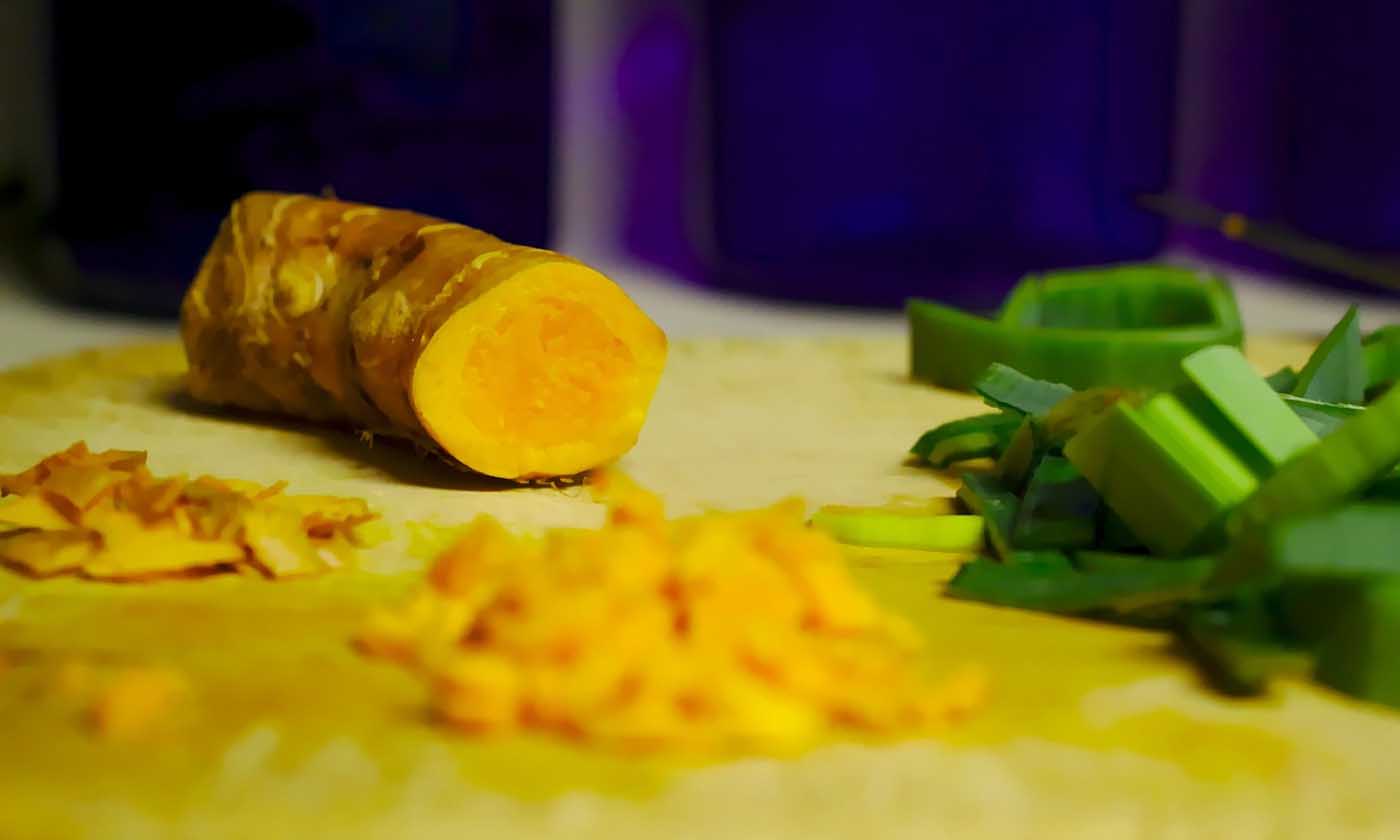Why do we need to take a break after a workout?
Isn’t it true that most of us have experienced muscular discomfort at some point in our lives? We don’t know the specific molecular source of muscular pain, but it doesn’t imply we don’t know something about it. For example, we know that soreness develops when your body is exposed to a stimulus it is not acclimated to, such as trying a new activity, activity, or activity. It’s hypothesized that the discomfort is linked to the same microtrauma that allows muscles to adapt to exercise. This is consistent with another finding: soreness is considerably higher after eccentric exercise (lengthening muscles under load), which includes activities such as lowering weights and sprinting downhill and is known to induce more microtrauma than other training methods.

Have you skipped a step if you’re feeling stiff and painful for extended lengths of time – which may keep you out of the gym for days – now that you’ve gotten the hard portion out of the way? The problem is that, while exercising is necessary, there are other procedures you must do afterward to avoid oxidative stress and muscle injury. These events allow your body to transform into the new and improved you.
Recovery isn’t just about doing a few stretches or eating well; there are a slew of other elements to consider in order to guarantee that you’re performing at your best every day. It’s also a hereditary factor. You’ll notice that once you receive your fitness assessment from us, you’ll have a better idea of how well you recover from difficult workouts.
Our report’s recovery speed section examines how quickly you recover between training sessions. Those with a rapid or extremely quick recovery speed, on average, require roughly 24 hours between their hardest workouts and may withstand up to four hard sessions each week. This is 48 hours between hard workouts with a medium recovery speed, for 3 hard sessions each week. This would be 72 hours between hard workouts for slow or extremely slow, with a maximum of two hard workouts per week advised.
Of course, you may workout more, but those additional sessions should be of lower intensity or volume to allow for recuperation.
Acute inflammation is necessary for healing; however, excessive inflammation can cause long-term discomfort, discomfort, and swelling, as well as a loss of function (reduced ROM or range of motion), allergies, and chronic disorders. To assist reduce acute and chronic inflammation, a variety of techniques can be used:
It’s What You Do After You Train that matters.
Instead of hurrying out, take some time to relax.
With the heart rate up and the blood pounding, it’s natural to want to get out of the gym as soon as possible to get all of those nutrients in, rehydrate, and prepare for relaxation. Active cool-downs do not appear to prevent injuries, and research shows that doing so on a frequent basis does not reduce the adaptive response over time. Lactate recovery in the blood has been demonstrated to be accelerated by active cool-downs, but not always in muscle tissue. Active-cooling downs, on the other hand, may help to minimize immune system depression and promote speedier cardiovascular and respiratory system recovery.
Exercising
Focus on dynamic stretching (stretching in a seamless flow of movement) rather than static stretching when deciding how to stretch (stretching and holding for a period of time). Dynamic stretching keeps your muscles flexible after exercises while also strengthening them to prevent the dreaded Delayed Onset Of Muscle Soreness (DOMS) and tiredness.
Rolling foam
When it comes to healing, the foam roller has shown to be innovative. It’s a basic instrument for breaking up “knots” in soft tissue that form as a result of muscle injury caused by hard activity. Using a foam roller helps increase your flexibility and promote blood flow and circulation.
Do a quick cardio session.
If you’re lifting weights, a mild cardio workout might save you hours of stiffness and pain, which might put you out of commission for longer than you’d want. Work out on the treadmill or relax on the elliptical; whatever your poison, it will help you deal with the aftereffects of exercise.
Recovery that is active
Your anthem should be “rest days aren’t cheat days” if you’re into fitness and training. Sure, recuperation is crucial, especially as your workouts become more severe and your body adapts, but you shouldn’t avoid doing something on days when you aren’t exercising. A moderate morning yoga practice, a few bodyweight workouts like planks and push ups, and a relaxing run in the park are all excellent methods to keep your body guessing and active.
It’s Time to Think About Post-Workout Nutrition
Rehydrate with water or a glucose-containing beverage.
Your body’s fuel stores will be drained and you will feel dehydrated after a tough exercise session. After an exercise, water, the giver of life, is required to keep your body hydrated. Similarly, you don’t want to drink too much water if your system is deficient in salt. Following exercise, an electrolyte-based drink can help to replenish these losses and restore balance to your environment.
Chocolate milk is an excellent choice.

This is actually a plus, because no self-respecting individual would turn down a cold glass of chocolate milk at any time. And now there’s evidence to back up the advantages, which are critical for rehabilitation. It contains casein protein from milk, which is essential for restful recuperation, as well as chocolate powder, which will offer you a much-needed energy boost.
Consume protein.
Protein is the most crucial macronutrient for muscle development, which happens mostly after exercise while you recuperate. After training, eat lean meat, fish, or chicken breasts to heal muscle damage and provide your body with the nutrition it need to get you ready for the next session.
Don’t forget to include the whey.
This time, the protein comes in the form of whey. Whey protein is specially created as a post-workout supplement that will prevent muscle damage, oxidative stress, and is a rapid method to get nutritious nutrients into your body, however it isn’t the be-all and end-all.
Omega-3 fatty acids
Because essential fatty acids are both necessary for our bodies’ functions and cannot be generated by the body, we must obtain them from dietary sources. Omega-3 fatty acids are another form of unsaturated fat. The right consumption of omega-3 fatty acids in our diet can give a number of health advantages, including reducing rheumatoid arthritis, lowering blood fat levels, and providing our bodies with an anti-inflammatory impact. They’ve been shown to minimize inflammation and aid recuperation after resistance exercise sessions.

Omega-3-rich foods include oily fish such as salmon, mackerel, herring, cod, and tuna, as well as nuts and seeds such as walnuts, flax seeds, hemp seeds, and chia seeds.
Vitamin D
This fat-soluble vitamin is crucial because it aids in the regulation of anti-inflammatory cells and muscular development. For many years, it has been recognized that vitamin D is vital for bone health because it aids calcium absorption. Vitamin D deficiency has been linked to a number of disorders, including arthritis (joint inflammation).
A 2012 study looked at the particular methods through which vitamin D affects our inflammatory and immunological systems.
The researchers first extracted human white blood cells by culturing them with various doses of vitamin D before exposing them to LPS (lipopolysaccharide). This chemical is linked to bacterial cell walls, which have been linked to the induction of inflammatory reactions. The findings revealed that cells cultured in the absence of vitamin D produced significant quantities of the cytokines IL-6 and TNF-alpha, which are important indicators in the inflammatory response. White blood cells incubated in a solution containing 15 ng/ml vitamin D showed the same outcome.
Vitamin D concentrations of 30 ng/ml and above significantly reduced the responsiveness of cells to LPS. The greatest levels of inflammatory inhibition were achieved when the cells were incubated in 50 ng/ml vitamin D.
Oily fish, fortified morning cereals, milk, and mushrooms are all good sources of vitamin D.
If you love being outside in the sun but don’t get sunburned easily, this is a terrific way to receive enough of vitamin D. If you live in an area where there isn’t a lot of sunshine, a vitamin D pill may be your best choice.
Antioxidants are substances that fight free radicals.
These are present in a variety of fruits and vegetables and play a crucial part in the removal of dangerous substances known as free radicals from our bodies. Antioxidants include vitamins A, C, and E, as well as bioflavonoids, polyphenols, and glutathione. Many berries, such as strawberries, blackberries, raspberries, blues, and various cherries, are high in antioxidant chemicals that have been demonstrated to lower inflammation and chronic disease risk, as well as aid workout recovery.
Curcumin

This is a yellow pigment that may be found in Asian dishes like curry and is the most active component in the turmeric spice. It has been shown to minimize post-exercise pain and inflammation. Curcumin appears to have the capacity to target numerous stages in the inflammatory process at the molecular level, according to research. Curcumin inhibits NF-kB, a protein that penetrates into the nucleus of cells and activates genes involved in inflammation.
Phytochemicals are substances found in plants.
Plants generate compounds that have anti-inflammatory and antioxidant effects. Phytochemical-rich foods include a variety of berries, green, red, or orange-colored vegetables (such as sweet peppers), peanuts, and whole grain goods.
Juice of beets
It has been demonstrated to have an anti-inflammatory impact in addition to its claimed function of dilation of blood vessels to allow for increased oxygen transfer to working muscles. Beets contain a micronutrient called betaine, which has been linked to lower levels of IL6, TNFa, and CRP, indicating that it has anti-inflammatory qualities. To get the most out of it, drink a glass (250-300mL) 2 hours before an endurance exercise.
It’s the way you use stress-relieving techniques.
Getting enough sleep
Although you may believe that you are gaining muscles when you are working out hard at the gym, the truth is that muscle growth occurs while you are at rest. And what better way to unwind than to sleep? Because of the energy generated during periods of true rest, getting adequate sleep is critical, and your body will heal itself for the duration. When you wake up after receiving your 8 hours of sleep, you’ll be energized and ready to attack the gym once more.
Immersion in hot or cold water
Forcing your muscle tissue to adapt to abrupt temperature variations goes a long way toward assisting you in swiftly recovering from heavy activity. It stimulates your body without putting you under more stress.
You should be cautious about how you do this, and always start with the cold and stretch out while your body is still warm.
It’s all down to your ancestors.
Our genes, as previously indicated, play a part in inflammation control. We investigate at four genes that influence the inflammatory response at DNAfit:
IL-6 – Is involved in the inflammatory healing process and stimulates the immunological response to training.
TNF – Has been proven to control our immune cells, causing fever, inhibiting tumor growth, and contributing to the inflammatory process.
CRP is a protein that increases in response to inflammation in the acute phase.
It is activated by IL-6 and is frequently utilized in blood tests as an indicator of inflammation.
IL6-R – The IL6R gene encodes this IL6R subunit, which affects the function of IL6 cytokines.
Variations in the genes indicated above can predispose a person to have lower levels of inflammation following a strong session of activity, resulting in faster recovery periods. Some genotypes are linked to higher levels of inflammation following exercise, necessitating a longer rest period between bouts of activity. Understanding your genes and their symptoms might be crucial in the fight against inflammation.
Adopting a mixture of right techniques such as workouts, rest, active recovery sessions and modalities, as well as diet, should give you the best chance of recovering. At the end of the day, recuperation is equally as vital as exercising since it helps your body to adjust and reduces the danger of injury. Whatever method you use, make sure you get enough rest and give your body the time it needs.

